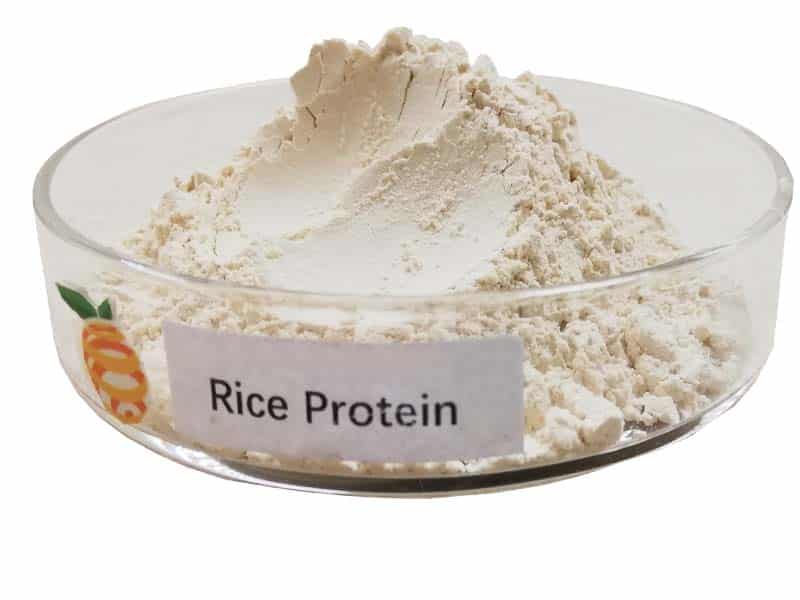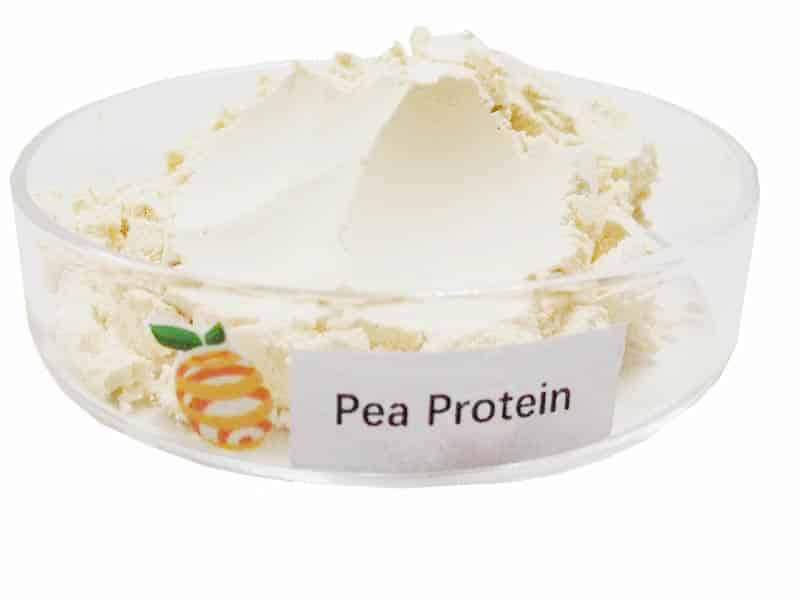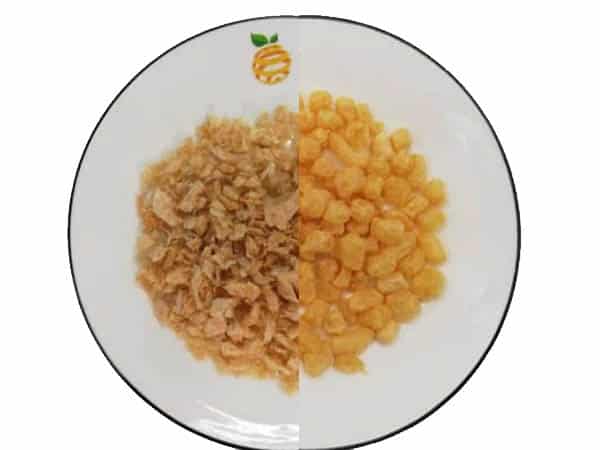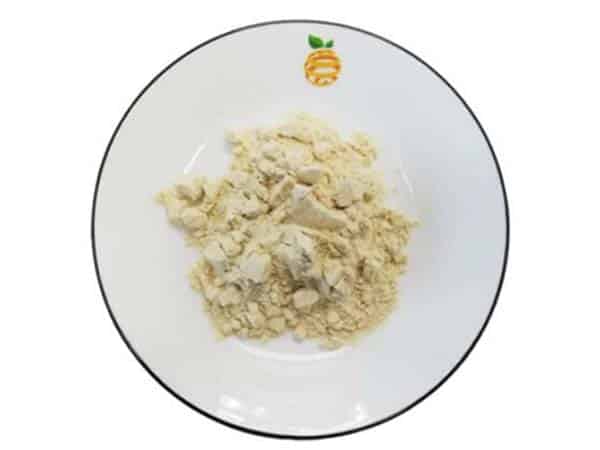Food Concept Development: Mastering the Creative Process
-
Table of Contents
- Food Concept Development: Mastering the Creative Process
- Understanding Food Concept Development
- The Creative Process in Food Concept Development
- Ideation and Brainstorming
- Market Research and Trend Analysis
- Conceptualization and Menu Design
- Prototyping and Testing
- Refinement and Finalization
- Case Studies and Examples
- Statistics and Success Rates
- Conclusion: Key Takeaways in Food Concept Development
- Discover ETprotein’s High-Quality Protein Products
Food Concept Development: Mastering the Creative Process

The culinary world is a dynamic and ever-evolving industry, where innovation and creativity are the keys to success. Food concept development is at the heart of this industry, combining culinary arts, market research, and consumer psychology to create new and exciting dining experiences. In this article, we will delve into the creative process behind food concept development, offering valuable insights and strategies for those looking to master this craft.
Understanding Food Concept Development
Food concept development is the process of creating a new product or menu that meets a particular market need or capitalizes on a trend. It involves a series of steps, from ideation to execution, each critical to the success of the final product. The goal is to create a concept that is not only innovative and appealing but also viable and profitable.
The Creative Process in Food Concept Development
The creative process in food concept development can be broken down into several key stages:
- Ideation and brainstorming
- Market research and trend analysis
- Conceptualization and menu design
- Prototyping and testing
- Refinement and finalization
Ideation and Brainstorming
The first stage of food concept development is ideation, where creativity is unleashed. Chefs, restaurateurs, and food developers come together to brainstorm ideas that could potentially turn into successful food concepts. This stage is about thinking outside the box and considering all possibilities without limitations.
Market Research and Trend Analysis
Once a pool of ideas has been generated, the next step is to conduct thorough market research and trend analysis. This involves studying consumer behavior, identifying gaps in the market, and understanding current food trends. This data-driven approach ensures that the concept aligns with consumer demands and has a higher chance of success.
Conceptualization and Menu Design
With a clear understanding of the market, the next phase is conceptualization. This is where ideas begin to take shape, and decisions are made regarding the style of cuisine, target audience, and price point. Menu design is a critical component, as it reflects the concept’s identity and must appeal to the intended demographic.
Prototyping and Testing
Prototyping involves creating a tangible version of the concept, which can include sample dishes or a mock-up of the dining experience. Testing these prototypes with focus groups or through soft launches provides valuable feedback that can be used to refine the concept further.
Refinement and Finalization
Based on the feedback received, the concept is refined and adjusted. This iterative process continues until the concept meets the desired standards of quality, appeal, and feasibility. The final step is to finalize all elements, from the menu to the branding, ensuring a cohesive and well-thought-out concept ready for launch.
Case Studies and Examples
Successful food concept development often involves looking at case studies and examples for inspiration. For instance, the farm-to-table movement was born out of a desire for fresh, locally sourced ingredients, and has since become a staple in many restaurants. Another example is the rise of plant-based menus, catering to the growing demand for vegan and vegetarian options.
Statistics and Success Rates
While creativity is crucial, understanding the success rates and statistics of the industry can provide a reality check. According to studies, approximately 60% of new restaurants fail within the first year, and 80% close before their fifth anniversary. This highlights the importance of thorough research and testing in food concept development.
Conclusion: Key Takeaways in Food Concept Development
In conclusion, mastering the creative process in food concept development requires a balance of creativity, market insight, and strategic planning. By following the stages outlined above and learning from successful case studies, aspiring food developers can increase their chances of creating a concept that resonates with consumers and stands the test of time.
Discover ETprotein’s High-Quality Protein Products
For those in the food industry looking to incorporate high-quality protein into their concepts, ETprotein offers a range of organic bulk vegan proteins and L-(+)-Ergothioneine (EGT) products. Their proteins are characterized by a neutral taste, non-GMO, allergen-free attributes, and high purity levels, making them an excellent choice for various applications in the food and beverage industry.
About ETprotein:
ETprotein, a reputable protein and L-(+)-Ergothioneine (EGT) Chinese factory manufacturer and supplier, is renowned for producing, stocking, exporting, and delivering the highest quality organic bulk vegan proteins and L-(+)-Ergothioneine. They include Organic rice protein, clear rice protein, pea protein, clear pea protein, watermelon seed protein, pumpkin seed protein, sunflower seed protein, mung bean protein, peanut protein, and L-(+)-Ergothioneine EGT Pharmaceutical grade, L-(+)-Ergothioneine EGT food grade, L-(+)-Ergothioneine EGT cosmetic grade, L-(+)-Ergothioneine EGT reference grade and L-(+)-Ergothioneine EGT standard. Their offerings, characterized by a neutral taste, non-GMO, allergen-free attributes, with L-(+)-Ergothioneine purity over 98%, 99%, cater to a diverse range of industries. They serve nutraceutical, pharmaceutical, cosmeceutical, veterinary, as well as food and beverage finished product distributors, traders, and manufacturers across Europe, USA, Canada, Australia, Thailand, Japan, Korea, Brazil, and Chile, among others.
ETprotein specialization includes exporting and delivering tailor-made protein powder and finished nutritional supplements. Their extensive product range covers sectors like Food and Beverage, Sports Nutrition, Weight Management, Dietary Supplements, Health and Wellness Products, and Infant Formula, ensuring comprehensive solutions to meet all your protein needs.
As a trusted company by leading global food and beverage brands and Fortune 500 companies, ETprotein reinforces China’s reputation in the global arena. For more information or to sample their products, please contact them and email sales(at)ETprotein.com today.












